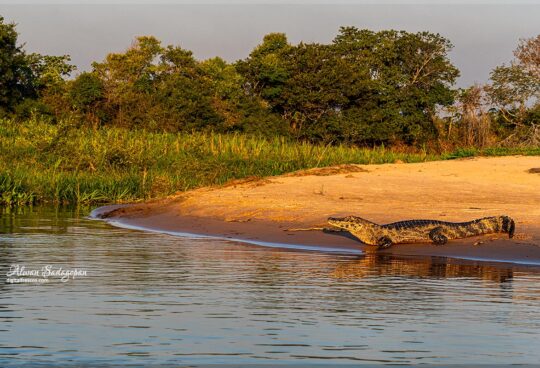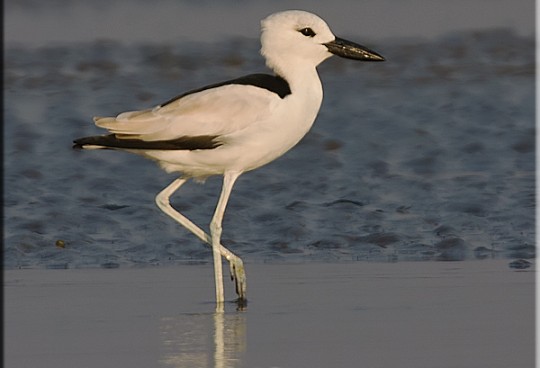The black-winged stilt is a widely distributed very long-legged wader in the avocet and stilt family They have long pink legs, a long thin black bill and are blackish above and white below, with a white head and neck with a varying amount of black. Males have a black back, often with greenish gloss. Females’ backs have a brown hue, contrasting with the black remiges. In the populations that have the top of the head normally white at least in winter, females tend to have less black on head and neck all year round, while males often have much black, particularly in summer. This difference is not clear-cut, however, and males usually get all-white heads in winter.
Immature birds are grey instead of black and have a markedly sandy hue on the wings, with light feather fringes appearing as a whitish line in flight. The Black winged Stilt is a social bird species, and is usually found in small groups. The Nesting season is principally between April and and August. The mated pairs strongly defend their individual territories. The artificial ecosystems of these black-winged stilt species include irrigated lands, irrigation canals, flooded agricultural lands, fish ponds and flooded pasture lands. The natural ecosystems of these stilt species include flooded tropical and subtropical grasslands, montane wetlands, coastal lagoons, marine lakes, brackish water lakes, freshwater lakes, mudflats, estuaries, marshes, swamps, rivers, streams and creeks. It is classified as least concern by IUCN.
![]()






Sorry, the comment form is closed at this time.